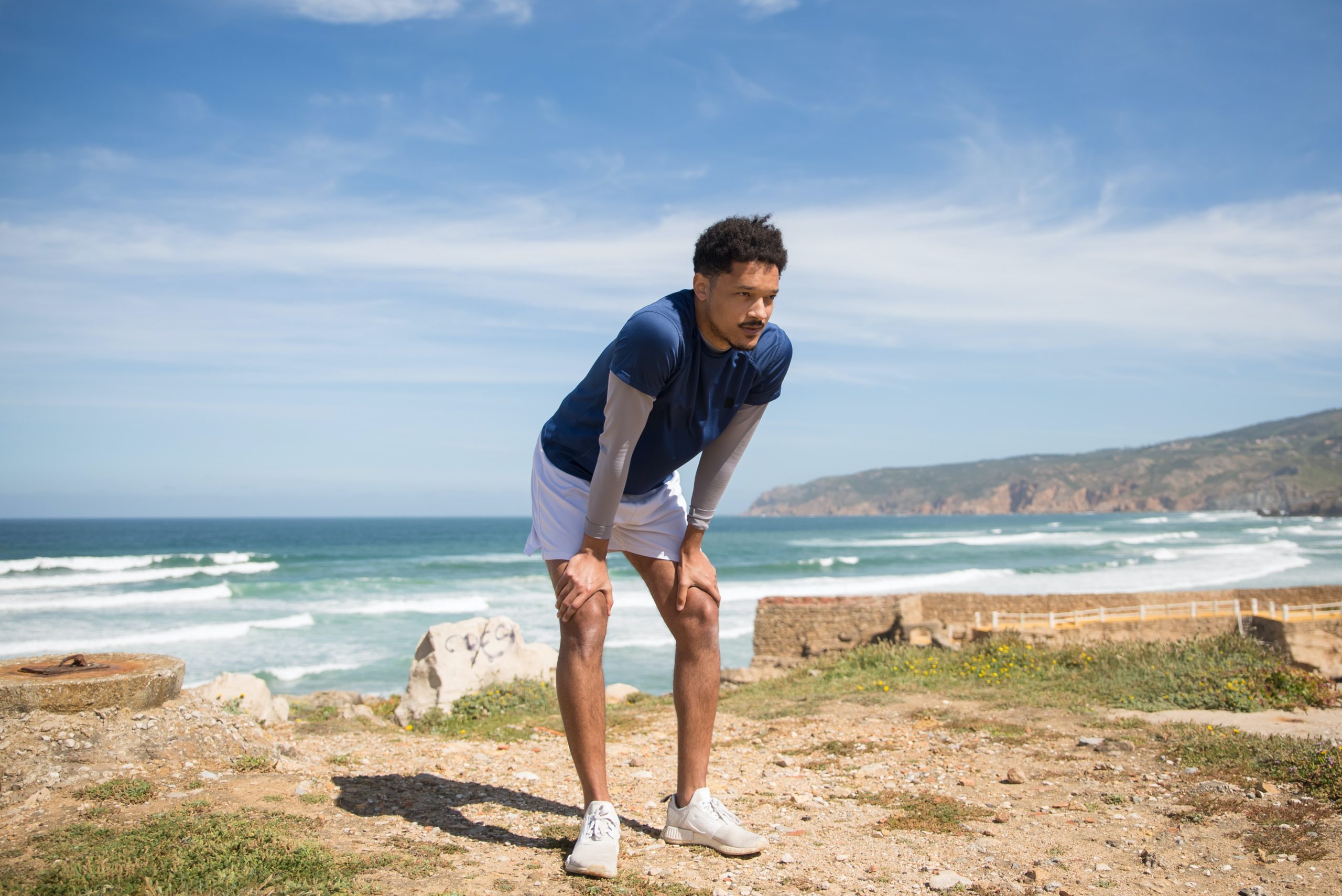In training for a marathon, you will face your fare share of long runs. While that long run will fill you with a feeling of achievement unlike any other, your body is put through an extreme amount of stress, and thus will require time an energy to recover. In order to wake up feeling good and not extremely sore, it is crucial to prioritize your post-run recovery as much as your warm-up beforehand. Here, we list five ways to help you reduce injury after a run and improve your long run performance.
1. Hydrate and eat right
The first thing you should do to prevent soreness and restore the hydration in your body after expelling a lot of sweat during a long run is to rehydrate. Start by drinking plenty of water soon as you finish. After an hour and a half, choose sports drinks rich in sugars and electrolytes to restore energy. Drinks like chocolate milk, too, provide reasonable amounts of carbohydrates alongside protein to help repair muscles.
According to the American Council on Exercise (ACE), you should consume 3:1 complex (non-sugary) carbs to protein, within 30 mins of your run. This is when your muscles will rebuild glycogen. Post a marathon or a long run, choose a simple snack that your body can quickly process – like a peanut butter and jelly sandwich, a protein bar, or grain crackers.
2. Cool off properly
You might find the urge to collapse soon after a run, but it is important to stretch or do post-run activities immediately after a long run. When you finish your run to a dead halt, you risk blood pooling, which will cause your blood pressure to drop. The following effect is feeling dizzy or even puking.
To avoid this, experts suggest that runners opt for a casual jog for 5 minutes before stopping their run. This will help bring your heart rate back down to normal levels. You can also walk for a couple of minutes, taking deep breaths along the way. It is suggested to also do a post-run stretch, of which leg swings are one of our favorite exercises.
Check out more bodyweight calf stretches here ➡
3. Opt for an ice bath
One of the most effective ways to reduce soreness after a long run is to take a nice ice bath. Yes, ice water can seem painful right after a run, but this is the best way to relax your muscles and help your nerves return to their normal state. Science says that after an ice bath, your body flushes out waste and lactic acid buildup.
However, jumping into ice water immediately after a run is not advised. You need to adjust your body to the temperature. Start with cold water, and gradually add ice to the tub when you see yourself slowly adapting to the atmosphere. Stay in the bath for at least 15 minutes for the best effect.
If you do not prefer ice baths, you can also go for an ice pack. Gently apply pressure with the icepack on areas of soreness such as the calves, quads, and knees.
4. Get a good night’s sleep
After a long run, your body needs ample sleep to return to its normal state. For this, a good night’s sleep is critical. While it is generally advised for everybody to clock in at least 8 hours, athletes are advised to sleep more than 8 hours. Runners who clock in at least 9 hours of sleep are said to have improved their sprint running times and performed better than the rest.
5. Active recovery
While rest is vital to recovering from a long run, it is also essential to choose ‘active recovery’ – doing light exercises or yoga that do not stress your body but will give you enough movement. With gentle stretches and yoga poses, you flush out the unwanted toxins and will allow your body to recover from soreness and muscle pain.
Some of the best forms of ‘active recovery’ are going for a swim, easy biking, or going on a short jog/walk.
Sources referenced:
- Runners World – Ways to fix your post-run recovery
- Runners Connect – Getting rid of muscle soreness after a long run
- Runners World Online – Ways to boost your post-run recovery
- On Running – Post marathon recovery
- Decathlon – Runners guide to post-run recovery






